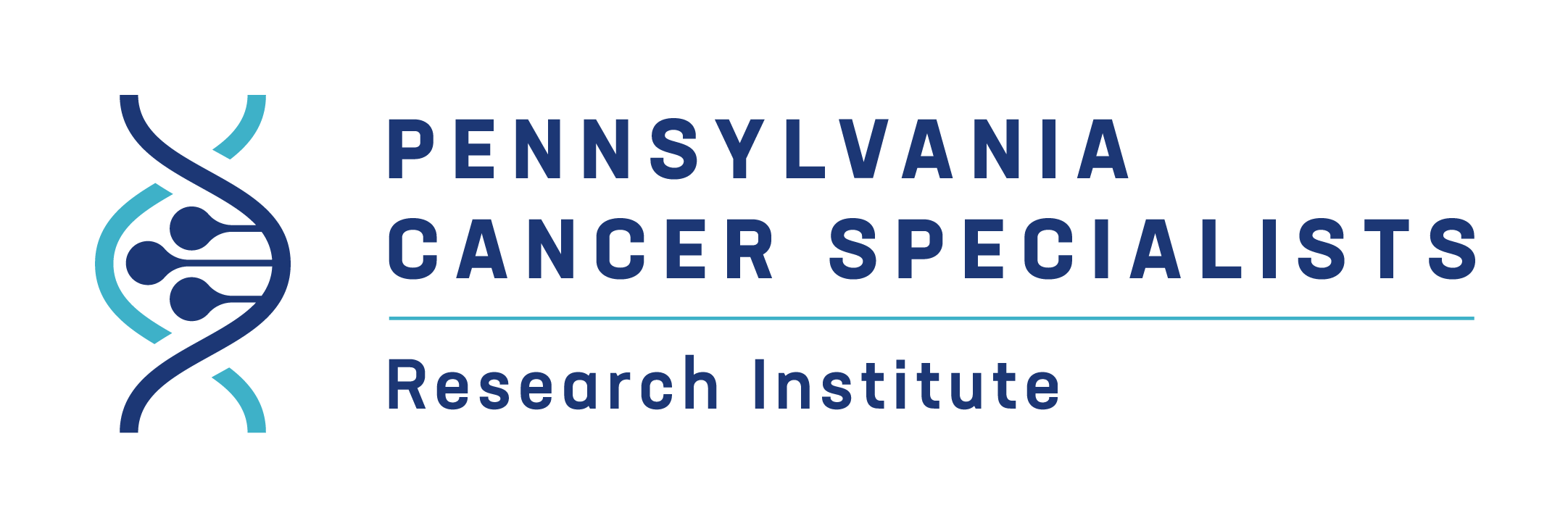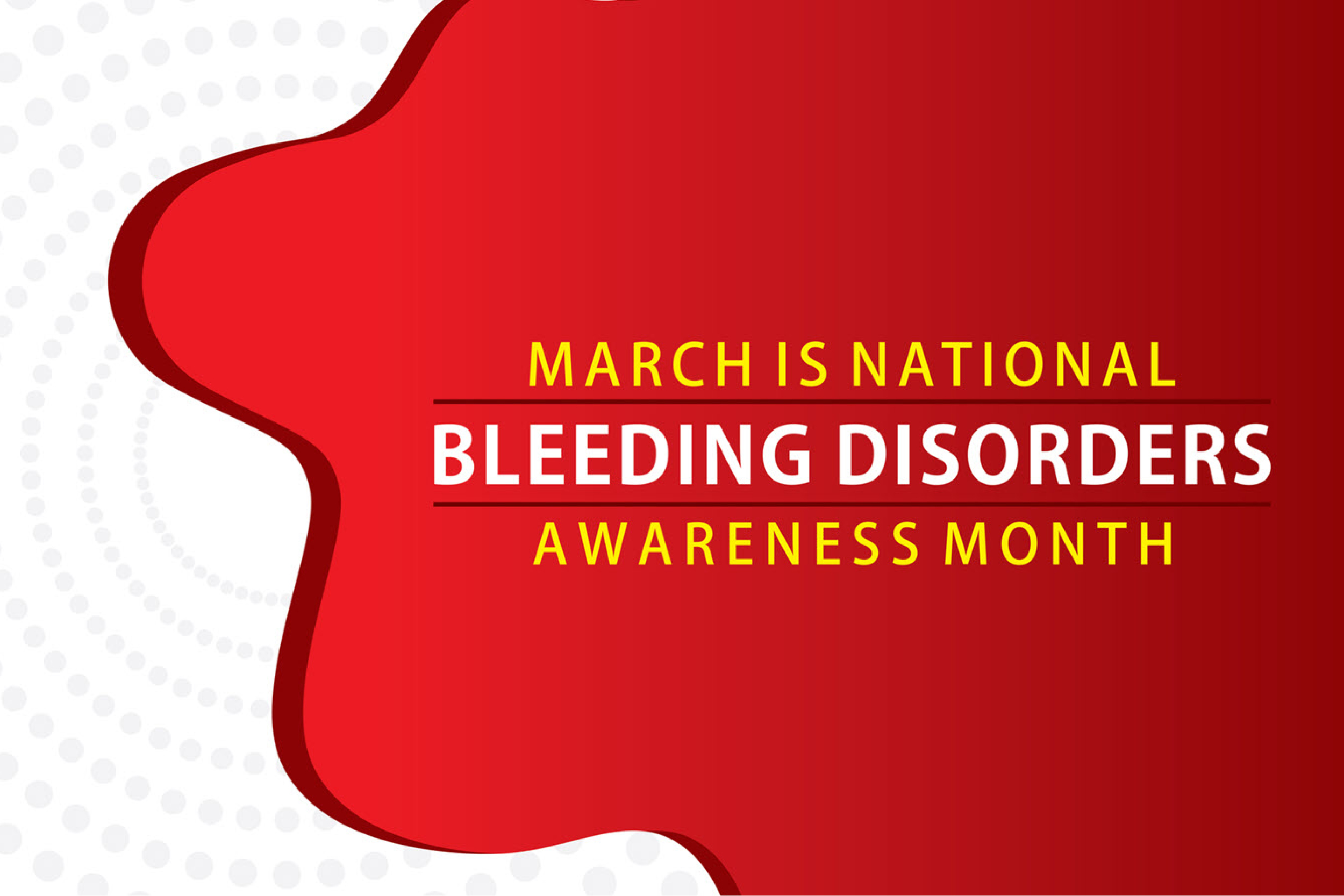Understanding Blood and Bleeding Disorders
In recognition of Bleeding Disorders Awareness Month this March, we’re drawing attention to blood and bleeding disorders. There are a variety of blood disorders, and bleeding disorders fall under the blood disorder category. Bleeding disorders, which are typically genetic, can also be caused by medications or illnesses, such as cancer. Discover the world of hematology and the causes and signs of some of the most common bleeding disorders.
Hematology is the study of blood, blood diseases, and blood-forming organs. It is the foundation of understanding blood and bleeding disorders. Hematology focuses on the pathology, physiology, prevention, diagnosis, treatment, and prognosis of blood diseases, disorders, and malignancies. It is associated with the treatment of lymphoma, leukemia, hemophilia, and sickle-cell anemia. Hematology is also closely linked to oncology for the treatment of blood and bone marrow cancers.
Types of hematology tests used to diagnose blood disorders include:
- Complete blood count tests
- Blood chemistry tests
- Blood enzyme tests
- Blood tests to assess the risk of heart disease
The Anatomy of Blood
Blood is made up of various components, including:
- Red blood cells: These cells are produced in the bone marrow and make up 45 percent of blood. Red blood cells transport oxygen from the lungs to tissues and transport carbon dioxide back to the lungs for exhalation.
- White blood cells: Also produced in bone marrow, white blood cells fight infection and make up less than one percent of blood along with platelets.
- Platelets: Small and colorless, platelets stick together and clot to prevent excessive bleeding.
- Plasma: The fluid component of blood, plasma is made up of 92 percent water as well as sugars, mineral salts, proteins, hormones, fats, and vitamins.
Common Blood Disorders
- Immunodeficiency
- Leukemia
- Clotting or Bleeding Disorders
- Bone Marrow Disorders
What is a Bleeding Disorder?
Bleeding disorders affect the way the body controls blood clotting. If blood doesn’t clot enough, you may bleed too much after an injury or surgery. If the blood clots too much, it can lead to other medical conditions, like blood clotting disorders. The abnormal bleeding caused by bleeding disorders can cause bleeding both outside and inside the body.
What Causes a Bleeding Disorder?
Bleeding disorders typically occur when the blood doesn’t clot properly. Your body requires blood proteins called clotting factors and blood cells called platelets to help the blood clot. If your body has too few clotting factors or platelets, then they might not function properly. Bleeding disorders can be caused by factors like:
- Genetics
- Trauma to the body, like an injury
- Illness, like cancer
- Medications that affect the production of clotting factors or platelets
- Pregnancy complications
- Protein C deficiency
- Low red blood cell count
- Factor XI deficiency
Common Bleeding Disorders
Bleeding disorders can be very serious and even life-threatening. The three most common hereditary bleeding disorders are hemophilia A (factor VIII deficiency), hemophilia B (factor IX deficiency) and von Willebrand disease. The absence or deficiency of specific clotting proteins causes hereditary bleeding disorders.
- Hemophilia A: The most common type of hemophilia, which occurs when you are missing or have low levels of clotting factor VIII.
- Hemophilia B: This bleeding disorder occurs when you are missing or have low levels of clotting factor IX.
- Hemophilia C: Hemophilia C is rare and occurs when you are missing or have low levels of clotting factor XI.
- Von Willebrand disease (VWD) is the most common inherited bleeding disorder. VWD has different types, each numbered based on its prevalence and the number of bleeding problems it causes.
- Hereditary hemorrhagic telangiectasia (HHT): This is a rare hereditary disorder that causes tangles of blood vessels in different parts of the body, which can lead to bleeding.
- Hemolytic Anemia is an ailment in which the body attacks its own red blood cells for no apparent reason.
Signs of a Bleeding Disorder
Signs and symptoms of bleeding disorders may vary depending on what type of bleeding disorder you have. Possible signs of bleeding disorders include cuts or scrapes that are slow to clot, as well as premature strokes and heart attacks. Other signs and symptoms to look out for include:
- Unexplained bruises and bruising often
- Unusual scars
- Prolonged nosebleeds
- Heavy menstrual periods, which include having periods that often last longer than seven days or require changing pads or tampons more than every hour
- Easy cuts and scrapes that won't stop bleeding
- Trouble breathing or feeling lightheaded when their blood pressure drops too low
- Blood in urine or stool
- Excessive bleeding that may start spontaneously and doesn’t stop with pressure.
- Heavy bleeding after giving birth
- Petechiae, which is bleeding under the skin, causing tiny purple, red, or brown spots
- Redness, swelling, stiffness, or pain from bleeding into muscles or joints. This is common with inherited hemophilia.
At Pennsylvania Cancer Specialists & Research Institute, we’re dedicated to providing comprehensive hematology care for common blood disorders like anemia to more complicated illnesses such as leukemia. Our compassionate team provides high-quality care and makes your visits comfortable and simple. Hematology services include diagnosis, treatment, and follow-up care. Our hematology care treats several common blood disorders, including Anemia, Immunodeficiency, Leukemia, Clotting or Bleeding Disorders, and Bone Marrow Disorders.
Sources:
NIH: National Heart, Lung, and Blood Institute: What are Bleeding Disorders


